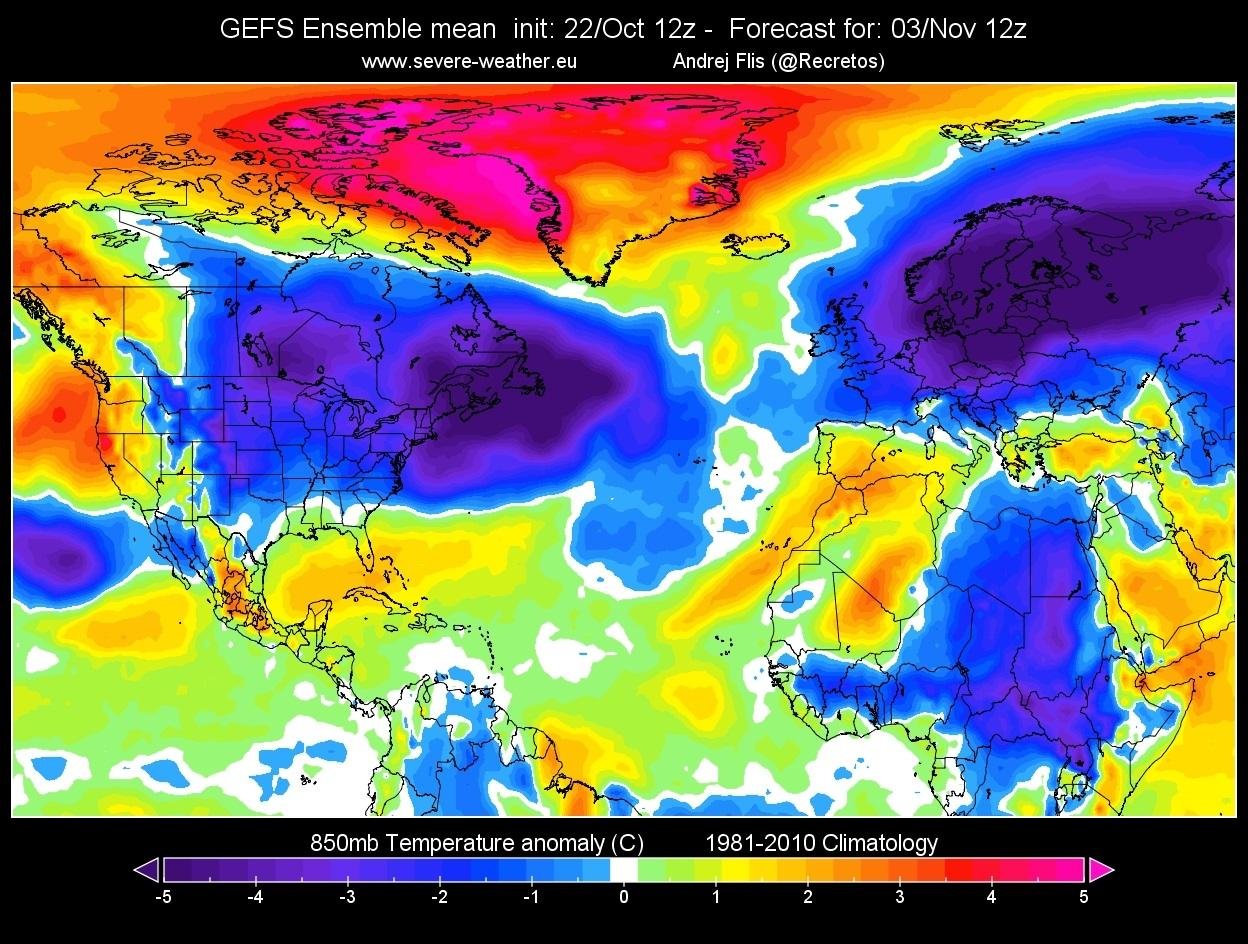Traveling to Vietnam and Thailand, two of Southeast Asia’s most captivating destinations, can be a dream come true for many. Though, even the most excited traveler can encounter challenges when timing their visit. Understanding the less favorable periods for travel is crucial for a pleasant experience. In this article, we will explore the worst times to visit these vibrant countries, delving into the climatic, cultural, and logistical factors that can affect your journey. From the sweltering heat of the dry season to the monsoon rains that can disrupt plans, we aim to provide key insights that emphasize not only the difficulties but also offer guidance on how to navigate them. With compassion and understanding for the unique charm and occasional chaos that Vietnam and Thailand present, we hope this article will help you plan a more enjoyable and rewarding adventure in these culturally rich nations.
Understanding the Weather Patterns that Make Travel Challenging in Vietnam and Thailand
Traveling to vietnam and Thailand can be a breathtaking experience, but certain weather patterns can transform your adventure into a challenging endeavor. Understanding these patterns is crucial for ensuring a pleasant journey. Here are some notable weather challenges that travelers might face in these countries:
- Monsoon Season: Typically from May to October,this season brings heavy rainfall,particularly affecting regions like Vietnam’s Central Highlands and Thailand’s west coast.
- Humidity: Both countries experience high humidity, which can be particularly intense during the summer months, making exploration uncomfortable.
- Typhoons: Especially in Vietnam, typhoons can occur from June to November, leading to potential flight cancellations and safety hazards.
- Temperature extremes: Northern vietnam can get very cold in December and January, contrasting sharply with the hot conditions typical of Thailand, even during the same time frame.
To better understand the seasonal impacts, take a look at the following table:
| Region | Worst Months | Weather Challenges |
|---|---|---|
| Vietnam (Southern) | June – October | Heavy rains and flooding |
| Vietnam (Northern) | January - February | Chilly temperatures and drizzle |
| Thailand (Central) | May – October | high humidity and unpredictable rain |
| Thailand (North) | March - May | Intense heat with potential drought conditions |
By discerning these weather patterns, travelers can make informed decisions, allowing for a more enjoyable experience while exploring these vibrant countries. planning your visit during the drier months can mitigate some of these challenges, ultimately adding to the beauty and excitement of traveling through Vietnam and Thailand.
Navigating Cultural Events and holidays for a More Enjoyable experience
When planning your trip to Vietnam and Thailand, being aware of cultural events and holidays is essential for an enjoyable experience. These occasions can offer unique insights into local traditions, but they also bring certain challenges like crowded spaces and increased prices. Familiarizing yourself with the local calendar will help you avoid the peak tourist periods associated with major festivities. Here are some key considerations to keep in mind:
- Festivals and Public Holidays: Events such as the Vietnamese Tết (Lunar New Year) and Thailand’s Songkran (Water Festival) draw huge crowds, making transportation and accommodation tough to navigate.
- local Celebrations: Smaller, yet meaningful, celebrations like the Mid-Autumn Festival in Vietnam may enrich your visit if you are able to time your travels accordingly, but they can create congestion in cities.
- Pricing Variations: During holidays,expect inflated prices for services and goods,as demand spikes. Budgeting for these fluctuations can enhance your experience without breaking the bank.
- Cultural Etiquette: Participating in local traditions can be gratifying, but it’s critically important to understand the do’s and don’ts of local customs to avoid unintentional disrespect.
To assist in navigating these events effectively, consider consulting a comprehensive table of critical holidays:
| Country | Holiday | Date | Notes |
|---|---|---|---|
| Vietnam | Tết (Lunar New Year) | Late January – Early February | Most significant holiday; transportation heavily impacted. |
| Thailand | Songkran (Water Festival) | April 13-15 | Massive water fights attract both locals and tourists. |
| Vietnam | Mid-Autumn Festival | september/October | Focus on family and children; great for cultural immersion. |
| Thailand | loy Krathong | November | Beautiful lanterns released; popular among tourists. |
By doing a little homework on these cultural events,you’ll be better equipped to plan your itinerary around them,ensuring a rewarding experience amidst the rich tapestry of Vietnamese and Thai culture—one uniquely captured in the essence of Gezify’s travel insights.
while Vietnam and Thailand offer remarkable experiences year-round, understanding the least favorable times to visit can make a significant difference in your journey. From the unpredictable weather to crowded tourist hotspots, being aware of these key insights will help you plan a more enjoyable trip. Travel can be a beautiful adventure, and choosing the right time can enhance your experiences in these vibrant countries. We hope this guide serves you well in your planning, ensuring that your memories of Vietnam and Thailand are nothing short of remarkable.Safe travels!
